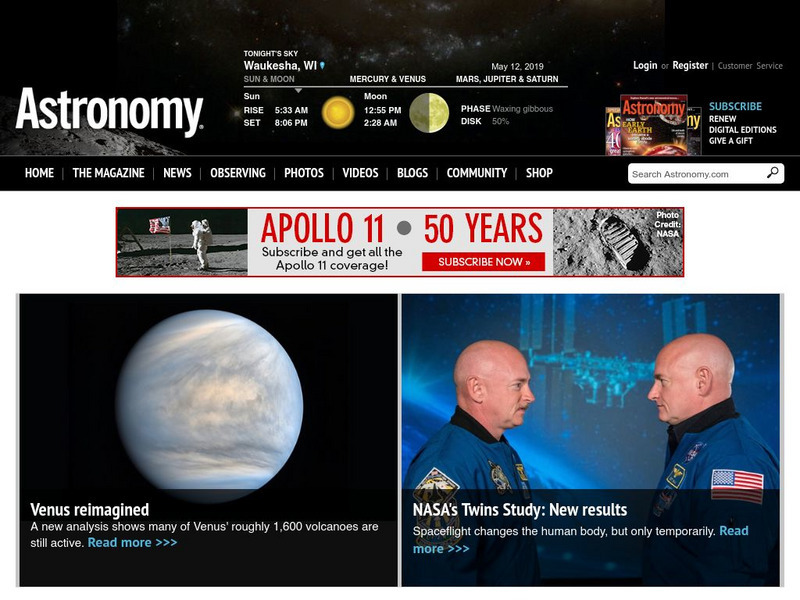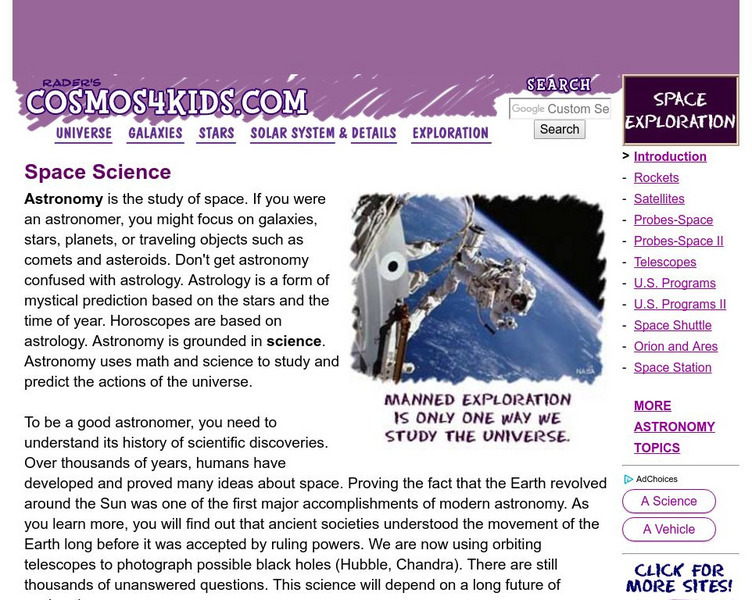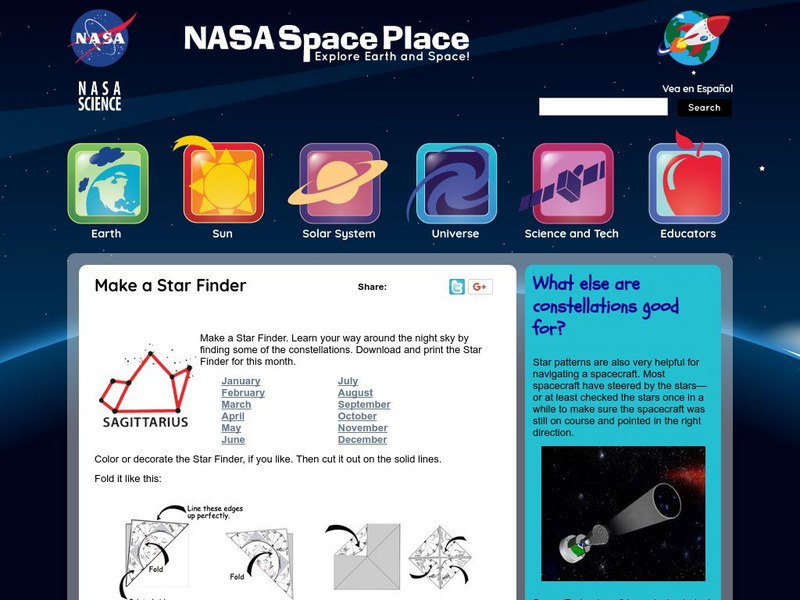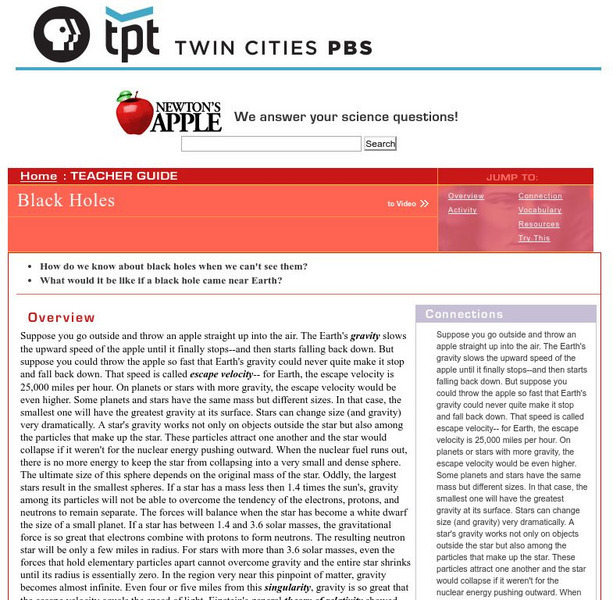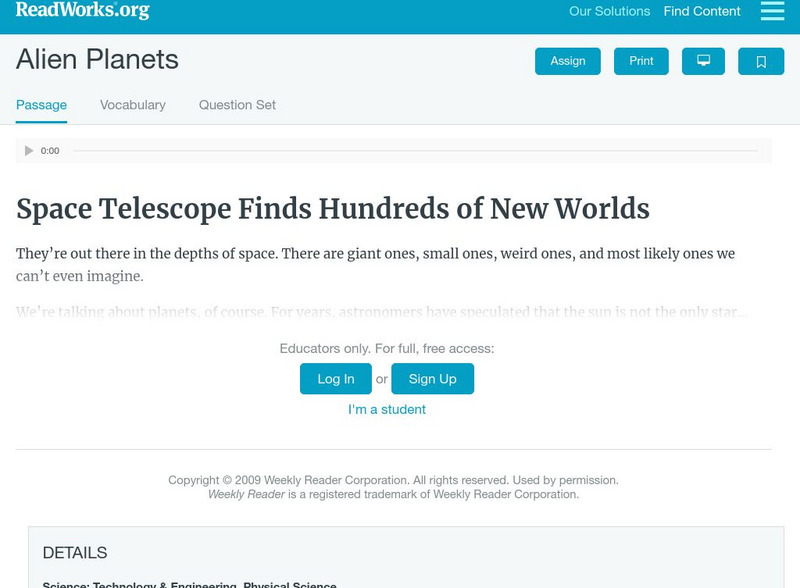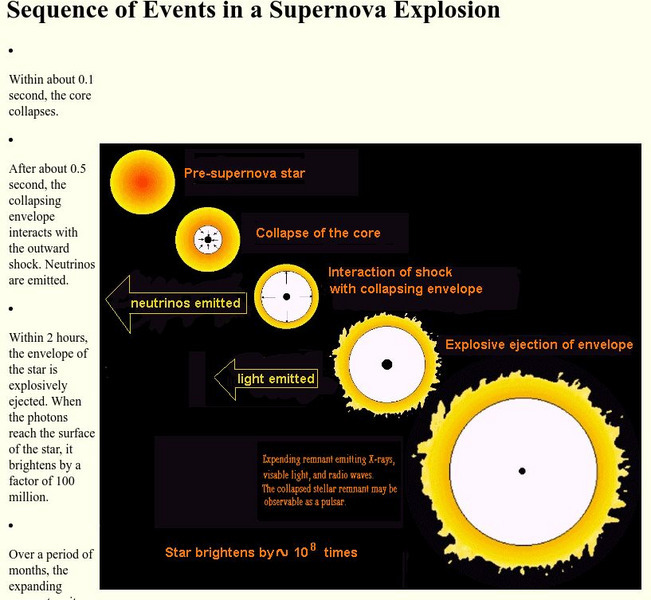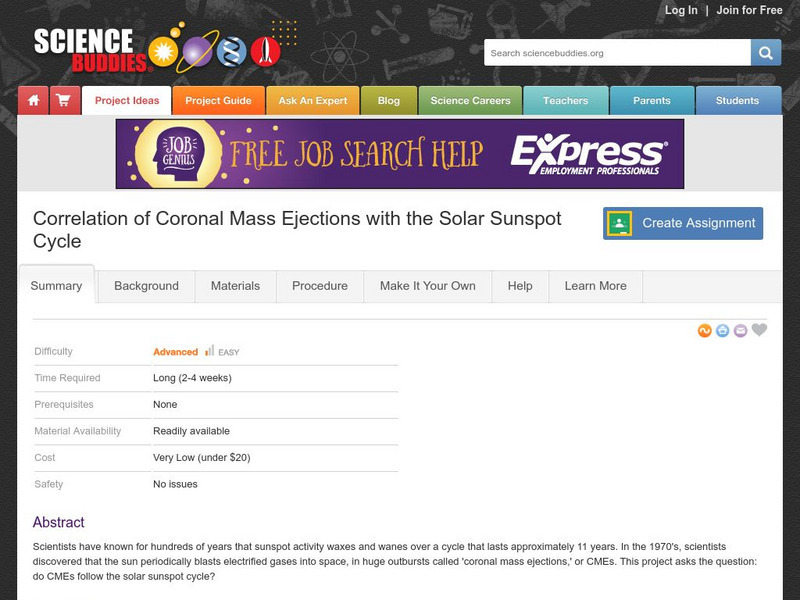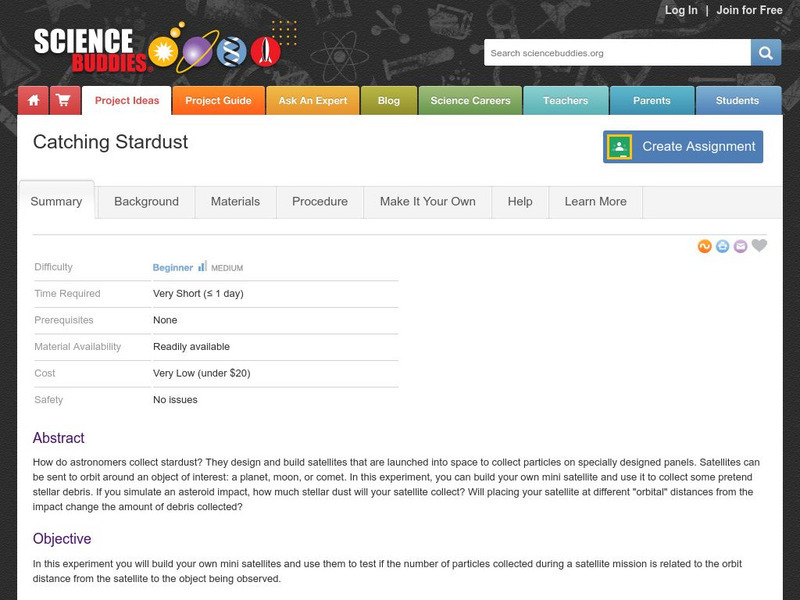National High Magnetic Field Laboratory
Magnet Academy: John Daniel Kraus
For a man whose career involved the entire known universe, John Kraus had a remarkably insular upbringing. He was born and raised in Ann Arbor, Michigan, and earned his bachelor's, master's and doctoral degrees in physics, all at the...
Other
Astronomy.com
Astronomy.com offers daily astronomy news, a photo gallery, hobby news, The Sky Online, telescope information, NASA mission guides and much more.
Cosmo Learning
Cosmo Learning: Modern Physics: Cosmology
A collection of video lectures from a cosmology course taught at Stanford University. The course gives an overview of the universe as a whole while focusing on astrophysics, physics, and astronomy in eight lectures. Lectures vary in length.
Wolfram Research
Wolfram Science World: Science World of Astronomy: Snc Meteorites
View a chart displaying various kinds of meteorites collected on earth and read a technical article describing the manner in which they are studied. Provides a link to more information about the planet Mars and the role it plays in the...
American Museum of Natural History
American Museum of Natural History: O Logy: Stuff to Do: Space Travel Guide
What makes science fiction so exciting? Read some examples of the genre and then create your own science fiction story about space travel. Use the supplied "travel guide" to generate ideas and structure your plot.
Other
Universe Today Space News From Around the Internet
Universe Today is an online news source covering the latest in astronomy, space exploration, and more.
Other
Astromador: Astronomia Para Amadores
This resources focuses exclusively on astronomy. It's packed with historical facts about space exploration, famous people who pioneered the study of stars and planets. It features chronological list of space exploration, current news,...
NASA
Nasa: Kepler: A Search for Habitable Planets: Transit Tracks
Classroom lesson for teaching astronomy uses PowerPoint presentations and illustrations of Kepler's light curves used to discover planets.
Cosmos 4 kids
Cosmos4 kids.com: Exploration
Space can be explored in many different ways. Read about space exploration and click on the topics on the right margin to find out how man finds out about his universe.
Other
Canal Kids: Ciencias (Science for Portuguese Speakers)
Colorful, engagingly written information about astronomy and biology for Portuguese-speaking English language learners. Both subjects are broken down into a broad array of related subtopics. The biology section is particularly helpful...
Other
Planetary Nebulae Observer Home Page
This home page is linked to detailed descriptions of nebulae types, shapes, and structures and their relationship to stellar evolution, a historical perspective on the discovery of nebulae, a gallery of images, and other related resources.
NASA
Nasa: Mission: Science: Electromagnetic Spectrum: Infrared Waves
Infrared light lies between the visible and microwave portions of the electromagnetic spectrum. Infrared light has a range of wavelengths, just like visible light has wavelengths that range from red light to violet.
Views of the Solar System
Views of the Solar System: The Solar System
Explore the solar system through this site that includes vivid multimedia resources. Learn the latest scientific discoveries, the history of space exploration, and much more. Site includes videos, graphics, articles, and photographs.
Space Telescope Science Institute
Hubble Site: Hubble Monitors Weather
This site is from Hubblesite which is provided by the National Aeronautics and Space Administration. "What's the weather for Mars and Venus? The Hubble telescope has given astronomers a peak." Site provides images, video as well as...
NASA
Nasa: Make a Star Finder
Learning game and activity that teaches about the constellations by making a star finder to help locate them.
PBS
Newton's Apple: Black Holes
This site from Twin Cities Public Television contains great information from a program called "Newton's Apple" concerning black holes. Contains activities for viewers to try to emphasize points related to black holes. Topics include:...
American Association of Physics Teachers
Com Padre Digital Library: Physics to Go: Explore Physics on Your Own
Contains a full physics curriculum with links to games, webcasts, and activities. By creating a free account, students and teachers can create their own personal collection of resources.
Read Works
Read Works: Alien Planets
[Free Registration/Login Required] This nonfiction piece discusses the discovery of previously unknown planets in the solar system. This passage is a stand-alone curricular piece that reinforces essential reading skills and strategies...
Enchanted Learning
Enchanted Learning: Crafts for Kids
Choose from dozens of simple crafts including activities for the holidays, animal crafts and much more.
Cornell University
Cornell University: Astronomy: Sequence of Events in a Supernova Explosion
The complex sequence of events in a supernova explosion are explained and illustrated.
University of Illinois
University of Illinois: Stars and Constellations: White Dwarf Supernovae
Discusses the formation of the white dwarf and the role this star plays in the formation of a white dwarf supernovae.
University of Illinois
University of Illinois: Stars and Constellations: Planetary Nebulae
This resource contains information about planetary nebulae and their characteristics.
Science Buddies
Science Buddies: Correlation of Coronal Mass Ejections With Solar Sunspot Cycle
Scientists have known for hundreds of years that sunspot activity waxes and wanes over a cycle that lasts approximately 11 years. In the 1970's, scientists discovered that the sun periodically blasts electrified gases into space, in huge...
Science Buddies
Science Buddies: Catching Stardust
How do astronomers collect stardust? They design and build satellites that are launched into space to collect particles on specially designed panels. Satellites can be sent to orbit around an object of interest: a planet, moon, or comet....
Other popular searches
- Astronomy and Space Science
- Astronomy and Space
- "Astronomy and Space Science
- Astronomy and Space Lesson

